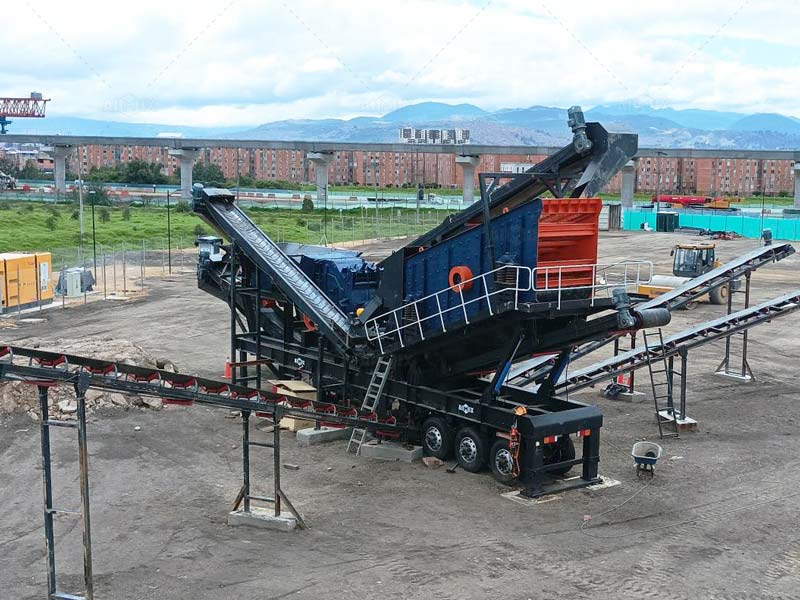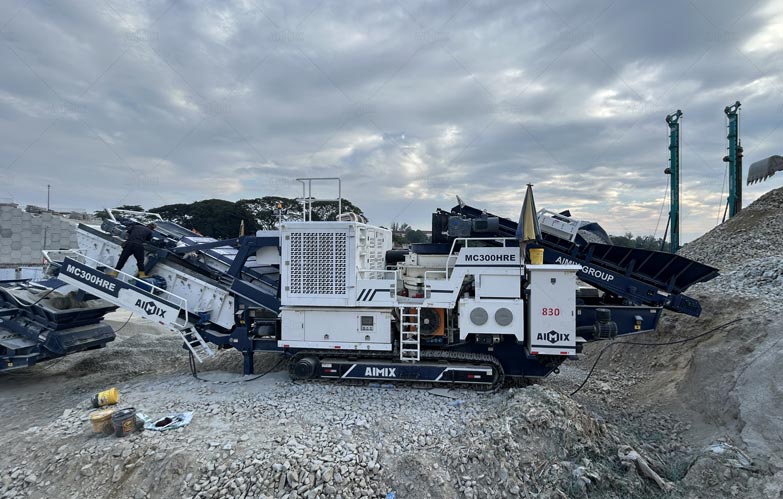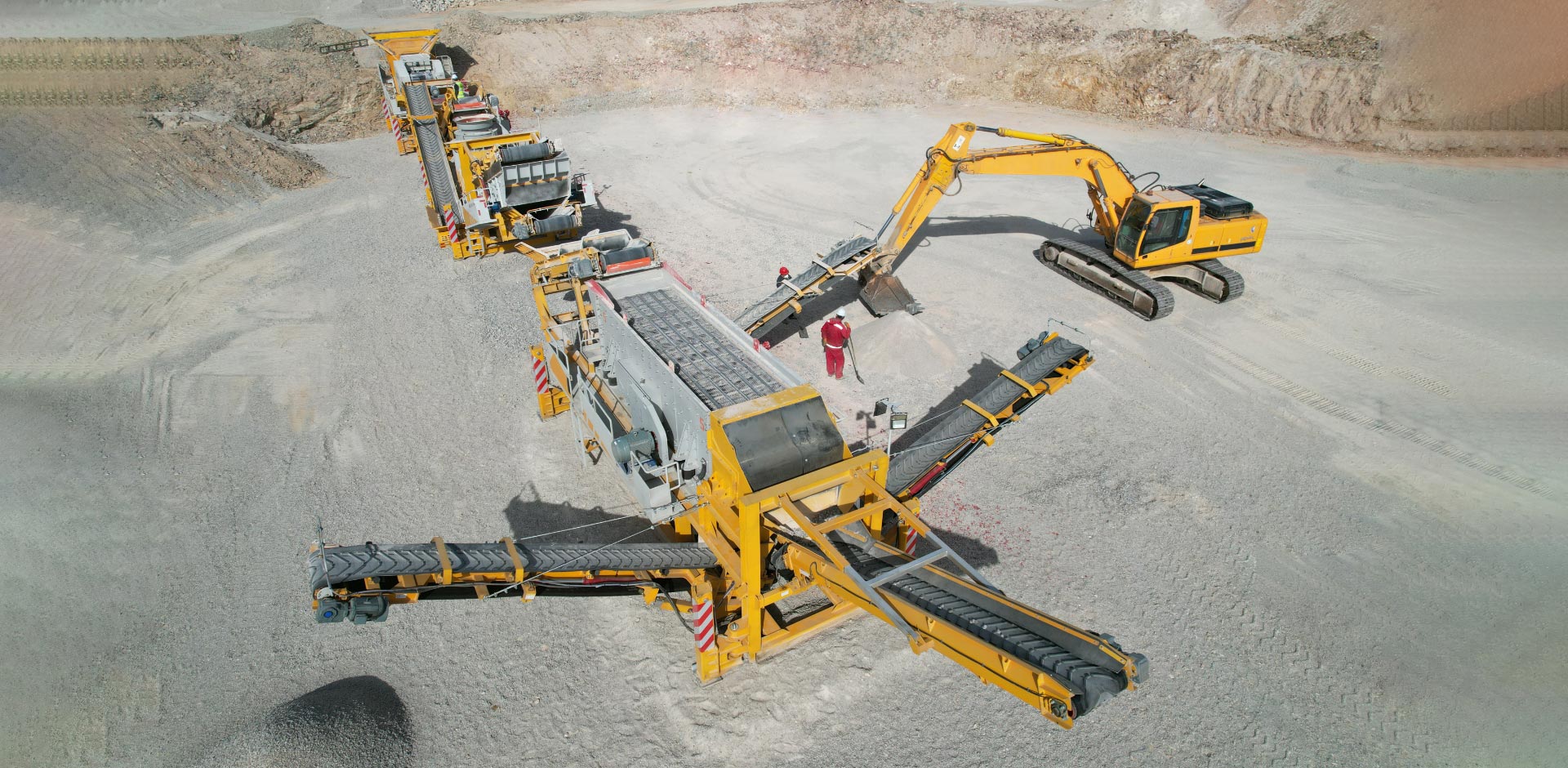Aggregate production is a cornerstone of the mining and construction industries, providing essential materials for roads, railways, buildings, and large-scale infrastructure projects. Choosing between a mobile or fixed aggregate plant is a key decision that impacts production capacity, flexibility, and long-term costs. Each option comes with unique advantages and limitations, making it essential for operators to understand the differences before making an investment. This article explores the comparative aspects of mobile and fixed aggregate plants and highlights how these solutions are applied across various markets, including South America.
Understanding The Role Of Aggregate Plants
An aggregate plant(planta de arido) is designed to process raw stone, gravel, or rock into usable materials for construction and industrial applications. These plants generally include crushers, screens, conveyors, and feeders that work together to produce uniform aggregate sizes. The decision to use a fixed or mobile stone crusher plant depends on the scale of operations, project location, and required output.
In regions with abundant natural resources, such as South America, aggregate plants have become essential to both mining and construction. For example, contractors evaluating the stone crusher in Peru price often weigh cost efficiency against the mobility needed to handle projects spread across diverse terrains.

Key Features Of Fixed Aggregate Plants
Fixed aggregate plants are permanent installations built to handle large-scale, long-term operations. They are commonly used in major mining sites or large quarries where consistent, high-volume production is required. These plants typically offer greater stability, higher output, and longer lifespans compared to portable solutions. For investors comparing equipment options, analyzing the stone crusher in Peru price(precio de chancadora de piedra en Perú) is often a first step before committing to a fixed installation.
Advantages Of Fixed Plants
The biggest strength of a fixed plant lies in its ability to process massive quantities of material efficiently. Because of their solid construction and high-capacity crushers, fixed installations can operate continuously with minimal downtime. Additionally, they can integrate advanced automation and customized systems for precise aggregate production.
Limitations Of Fixed Plants
The downside of fixed plants is their lack of mobility. Once built, they cannot be relocated easily, making them unsuitable for short-term or geographically dispersed projects. They also require substantial investment in infrastructure, including foundations and utilities, which increases upfront costs.
Key Features Of Mobile Aggregate Plants
A mobile stone crusher plant(planta chancadora movil) provides flexibility by allowing equipment to be transported directly to the worksite. These portable solutions are especially useful in projects located in remote or mountainous areas, where transporting raw material over long distances would be costly and inefficient.
Advantages Of Mobile Plants
Mobility is the primary advantage of mobile crushing equipment. Contractors can move the plant between job sites, reducing transportation costs and project delays. Mobile units are also more adaptable to varying project sizes, making them ideal for temporary mining projects or infrastructure developments like road construction.
In countries such as Chile, the demand for stone crusher Chile solutions reflects the need for adaptable equipment that can handle different terrains, from coastal projects to high-altitude mining zones.
Limitations Of Mobile Plants
While mobile plants are versatile, they often have lower production capacity compared to fixed installations. Their compact design may also limit the type of crushers and screens they can incorporate. Additionally, mobile plants generally require more frequent maintenance due to the wear and tear of constant relocation.
Cost Considerations Between Mobile And Fixed Plants
The financial aspect is often a decisive factor when choosing between mobile and fixed plants. A fixed installation may demand higher upfront investment due to construction and foundation costs, but it offers higher throughput and reduced operating expenses over time. Conversely, mobile plants typically require lower initial investment and can generate quicker returns on short-term projects.
For businesses analyzing stone crusher in Peru price trends, it is essential to consider not just the purchase cost but also transportation, maintenance, and operational efficiency when selecting equipment.

Application Scenarios In The Mining Industry
Fixed plants dominate in large-scale mining operations where stability and capacity are paramount. For instance, in copper-rich regions of Peru and Chile, fixed plants are often installed to support continuous mineral processing and infrastructure development. Investors researching regional markets also pay close attention to equipment options like the stone crusher Chile(chancadora de piedra Chile), which is widely used in both mining and construction projects.
On the other hand, mobile plants excel in remote areas with limited infrastructure. In Peru’s mountainous terrain, mobile solutions help contractors efficiently crush aggregates on-site, avoiding the expense of transporting raw material to distant fixed facilities. Similarly, in rural Chile, mobile plants are indispensable for road expansion projects where project locations frequently change.
Environmental And Operational Impacts
Environmental concerns also play a role in selecting aggregate plants. Fixed plants often require significant land use and permanent alterations to the landscape, while mobile units reduce environmental impact by minimizing material transport. Both types of plants are increasingly adopting eco-friendly technologies, such as dust suppression systems and energy-efficient motors, to comply with stricter regulations in countries like Peru and Chile.
Conclusion
The choice between mobile and fixed aggregate plants ultimately depends on project requirements, geographic conditions, and long-term business goals. Fixed plants offer high capacity and stability, making them suitable for large, continuous operations. In contrast, mobile plants provide adaptability and cost savings for projects in remote or shifting locations. As industries in South America continue to expand, the demand for both mobile stone crusher plant solutions and fixed installations will grow, driven by infrastructure needs and mining development. Understanding these differences ensures that companies make informed decisions that balance productivity, costs, and sustainability.
